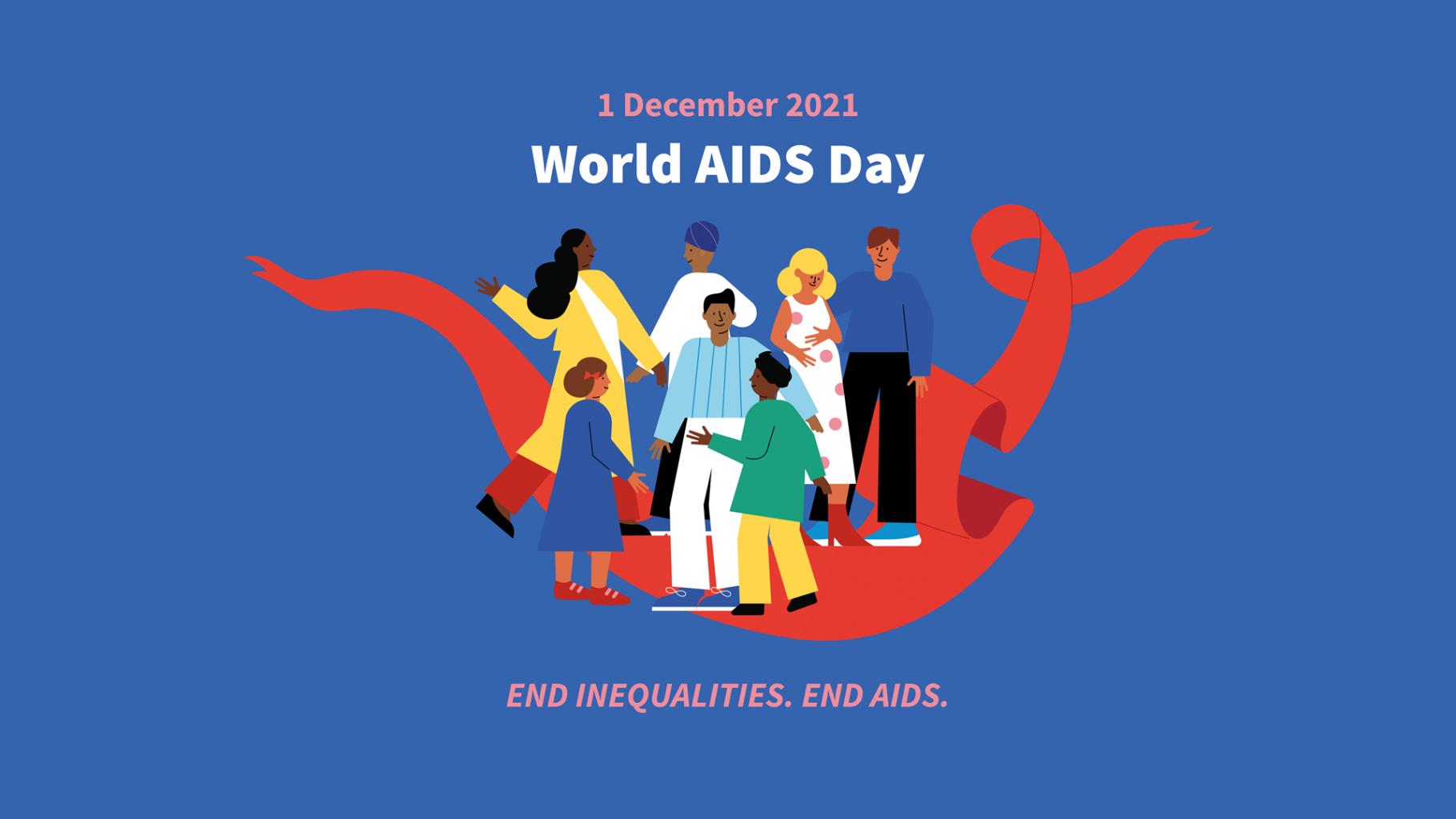1 December – World AIDS Day
HIV continues to be a major global public health issue, having claimed 36.3 million [27.2–47.8 million] lives so far.
The human immunodeficiency virus (HIV) targets the immune system and weakens people's defense against many infections and some types of cancer that people with healthy immune systems can fight off. As the virus destroys and impairs the function of immune cells, infected individuals gradually become immunodeficient. The most advanced stage of HIV infection is acquired immunodeficiency syndrome (AIDS), which can take many years to develop if not treated, depending on the individual.
HIV can be transmitted via the exchange of a variety of body fluids from infected people, such as blood, breast milk, semen and vaginal secretions. HIV can also be transmitted from a mother to her child during pregnancy and delivery.
On 1 December 1988, following the initiative of the World Health Organisation, AIDS Day was started to be celebrated in order to raise awareness among people and reduce prejudice about HIV/AIDS and its consequences. On this day, all the people of the world are invited to think about the victims of HIV/AIDS. The international symbol of HIV/AIDS awareness is a red ribbon that symbolises moral support for those infected with HIV/AIDS.
The theme of World AIDS Day 2021 is “End inequalities. End AIDS”. With a special focus on reaching people left behind, WHO and its partners are highlighting the growing inequalities in access to essential HIV services.
- There is no cure for HIV infection. However, with increasing access to effective HIV prevention, diagnosis, treatment and care, including for opportunistic infections, HIV infection has become a manageable chronic health condition, enabling people living with HIV to lead long and healthy lives;
- There were an estimated 37.7 million [30.2–45.1 million] people living with HIV at the end of 2020, over two thirds of whom (25.4 million) are in the African Region;
- 16% of all people living with HIV did not know that they have HIV in 2020;
- In 2020, 680 000 [480 000–1.0 million] people died from HIV-related causes and 1.5 million [1.0–2.0 million] people acquired HIV.
The Sixty-Ninth World Health Assembly endorsed the “Global health sector strategy on HIV for 2016–2021”. The strategy includes five strategic directions that guide priority actions by countries and by WHO over six years.
The strategic directions are:
- Information for focused action (know your epidemic and response);
- Interventions for impact (covering the range of services needed);
- Delivering for equity (covering the populations in need of services);
- Financing for sustainability (covering the costs of services);
- Innovation for acceleration (looking towards the future).

(WHO, 2021)
More information:
WHO Homepage
The United Nations
HIV.GOV



